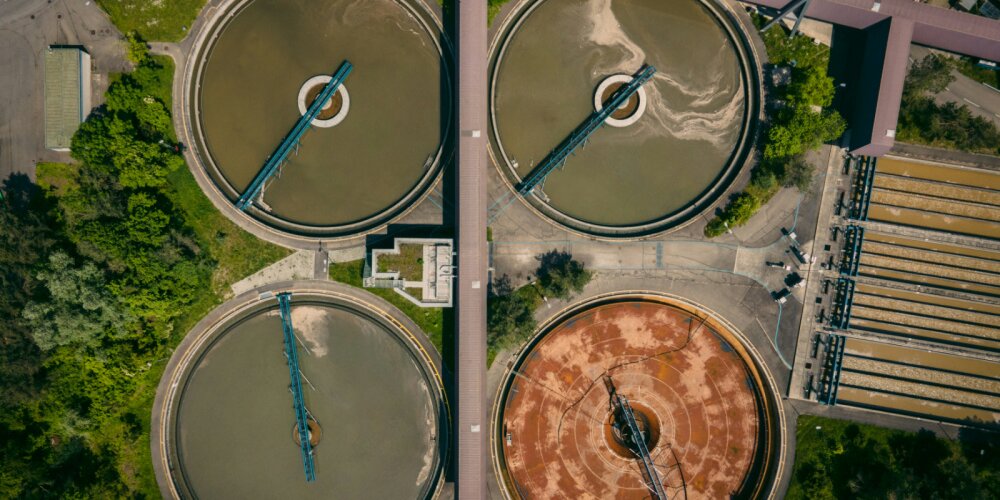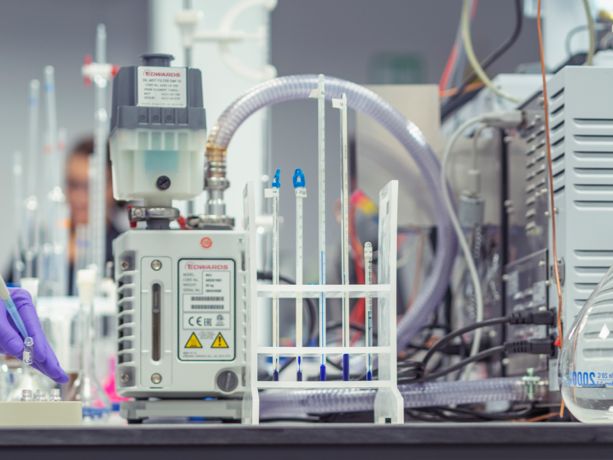Scientists Convert Sewage Sludge into Activated Carbon

Undeniably one of the most common by-products of urban living, sewage sludge is an abundant, mineral-rich material – that is unfortunately incredibly underutilised.
From running the washing machine, to flushing the toilet, to chemical processing, urban domestic and industrial spaces produce a huge amount of wastewater which needs treatment before it can be reused. Even after careful treatments to filter out larger debris, the leftover sewage sludge can contain heavy metals, chemicals, pathogens, and other pollutants which can have a serious impact on the environment.
However, this may be set to change, as a team from the University of Córdoba has developed a simple and sustainable way of converting sewage sludge into high-value activated carbon using a method called pyrolysis.
Pyrolysis is the process of decomposing materials at high temperatures in an inert atmosphere. However, whilst this process had been put forward as a potential option for recycling sewage sludge, gaps in our common understanding have slowed commercial availability.
Of course, this simply gave the research team from the University of Córdoba a place to start. Through a series of tests, the team was able to develop a new system of converting sewage sludge into activated carbon, which was then purified to remove certain undesirable materials.
Firstly, the scientists dried bio-processed raw sewage (which has been purified by microorganisms) in a stove to remove the high moisture content, then ground it into a powder. This powder was mixed with an activating agent, which is designed to kickstart or accelerate the thermochemical reaction. For the purposes of its research, the team chose to use potassium hydroxide as its activating agent because of its relatively low-cost and non-polluting nature.
The team also conducted a series of experiments to find out how little accelerant it could use and still produce a commercially viable yield to test the resource consumption, pollution, and production costs.
After using different combinations of sludge to potassium hydroxide (KOH) at varying temperatures, scientists found the most effective test used a 3:1 sludge to KOH ratio heated to 800°C (1,472 °F), and produced an average yield of 0.63kg of activated carbon per kilo of sewage sludge.
Interestingly, the activated carbon from this testing was also more porous, with a higher carbon content. Considering that activated carbon is often used in water and air purification, or in filtration systems for precious metals and odours, an increased porosity is frequently sought after – making this test even more important.
Overall, this simplified process has the potential to be very valuable – especially as the researchers didn’t neglect the practicalities. As María Ángeles Martín, the study’s corresponding author, explained; “from a practical point of view, it is important to propose solutions that can be then carried out on an industrial scale”. By using well-established techniques and a simplified process, this method for activated carbon creation is theoretically viable on a large scale.
Materials testing experience at The Lab
Here at The Lab, we have a wide breadth of experience to call upon. Our experts are trained across a variety of disciplines, and have many years of professional experience to ensure they can offer you accurate results.
From failure investigations to preventative and reactive metallurgy investigations, find a wealth of materials testing services today.
Find materials testing services at The Lab today
For more insights, industry news, and information, discover The Lab’s News and Knowledge Hub…
Researchers Find New Way to Weld Metal Foam Without Compromising the Material | Researchers Find an Innovative New Use For Plastic Waste | ECTA Releases Their Annual Report 2023 & ECTA RC Report 2022
- Author
- Dr Caroline Young
- Date
- 09/05/2024
